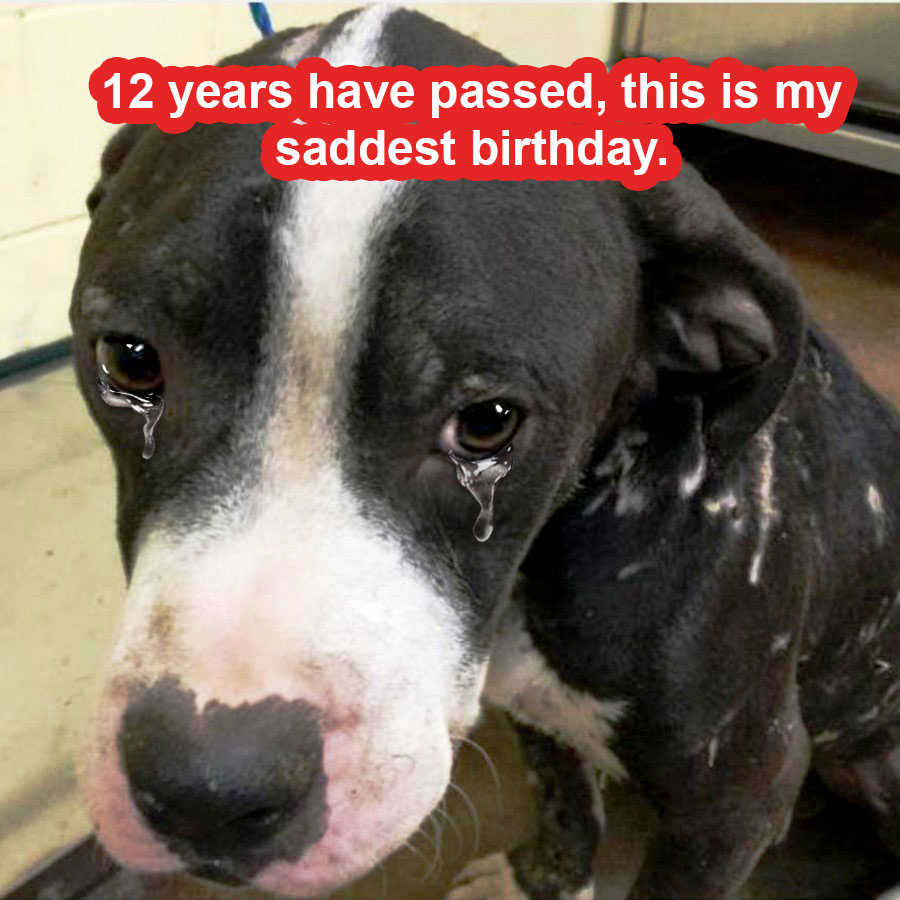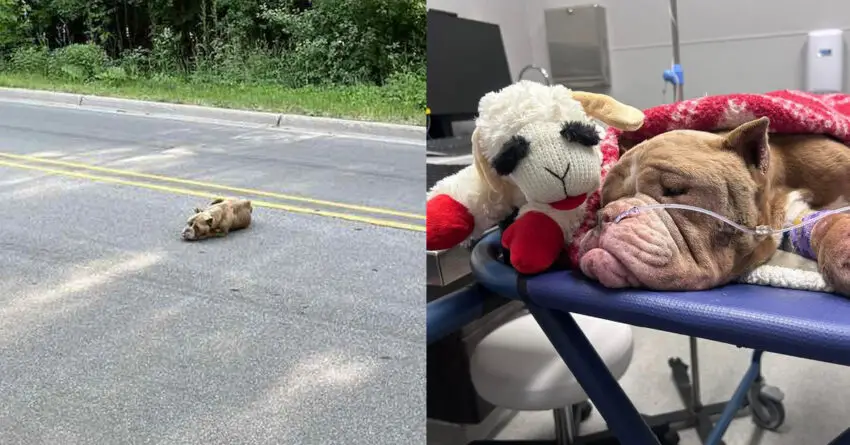In some parts of Canada, such as Manitoba and Saskatchewan, the population of super pigs is so high that eradication is no longer feasible.

A map of superpig locations appearing in Canada. image: CWPRG
Photos released by the Canadian Wild Boar Research Project (CWPRG) reflect the country’s growing “super pig” problem. Super pigs are currently threatening to invade the northern part of the neighboring United States, interesting project 4/4 report. Superpigs are not new, nor have they been associated with gene editing in the lab. According to CWPRG researcher Ryan Brook, they are so named because of their large size and ability to survive in Canada’s cold climate. A super pig can weigh more than 300 kilograms, and it can burrow in snow two meters deep in Canada’s -50 degrees Celsius winter. Currently, they are spread over a territory of nearly 1.7 million square kilometers.
Super pigs are the result of cross-breeding experiments between European wild boars and Canadian domestic pigs. Breeders hope to diversify livestock and create species that can survive harsh winters. About two decades ago, the demand for crossbreed pigs declined. Canadian farmers release hybrid pigs or let them escape into the wild. Because crossbreeding helps superpigs adapt well to wild conditions, they grow quickly. Over the years, the pig population has exploded, ready to invade bigger cities.
To find the right measures to reduce the spread of superpigs, researchers must first understand where and how they spread. So Brooke and his colleagues created a map showing where superpigs have popped up over the years. Recently, he shared the latest images on the social network Facebook, which includes 54,000 appearances of Super Pig. Brooke also highlighted a surge in the number of super pigs near Edmonton, raising concerns about their invasion of the city.

Dozens of “super pigs” are looking for food. image: CWPRG
Data for the study came from a network of cameras along the trails as well as reports from residents. According to Brooke, cornfields are a favorite place for superpigs because they have both hiding places and food. Last year, Brooke warned drivers of the risk of running into super pigs. Unlike deer eyes, which glow under headlights, wild boars don’t. They also move in groups, making collisions more likely.
The population of super pigs in the Manitoba and Saskatchewan regions of Canada has grown to such high levels that it has become impossible to eradicate the pigs. Now, it is only a matter of time before they show up at the US border.
they are kang (Theo interesting project)






















